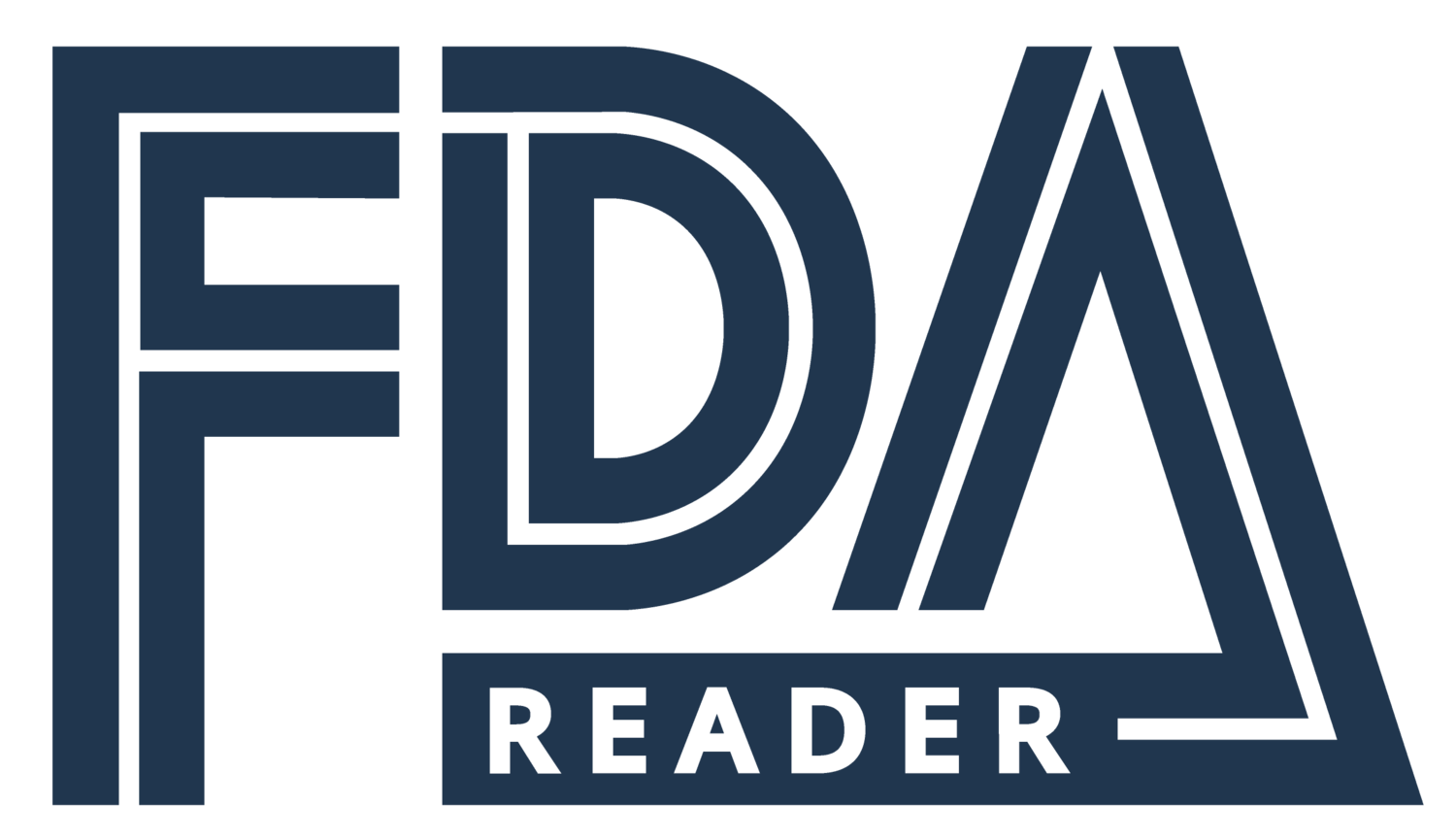Corrective Action
If you are unsure whether corrective action is required, see Corrective Action vs. Correction
What You Need To Know:
Corrective Action is a response that must be taken if a preventive control is not properly implemented.
Corrective Actions must be written and are often completed using a standard form (see our free Corrective Action template)
What You Need to Do:
1. Write Corrective Actions Procedures
You must establish and implement written corrective action procedures. These procedures must describe the steps to be taken to ensure that:
Appropriate action is taken to correct a problem associated with a preventive control.
Appropriate action is taken to reduce the likelihood that the problem will recur.
All affected food is evaluated for safety
All affected food is prevented from entering commerce.
2. Take Corrective Action When it is Required
When to Take Corrective Action:
You must take a corrective action if
A preventive control fails and a corrective action hasn't been established.
A preventive control is found to be ineffective
Verification records are found to be incomplete or improper decisions were made about corrective action
3. Keep Records of Your Corrective Actions
All corrective actions taken in this section must be documented. We recommend using a pre-written form so that it’s easy to complete and no details are missing. Check out our corrective action template here
Corrective actions must also be verified (See Verification or §117.155)
This Article is For You if…
∆ You are developing a food safety plan or HACCP plan.
∆ You have implemented a preventive control or identified a hazard that requires a preventive control










